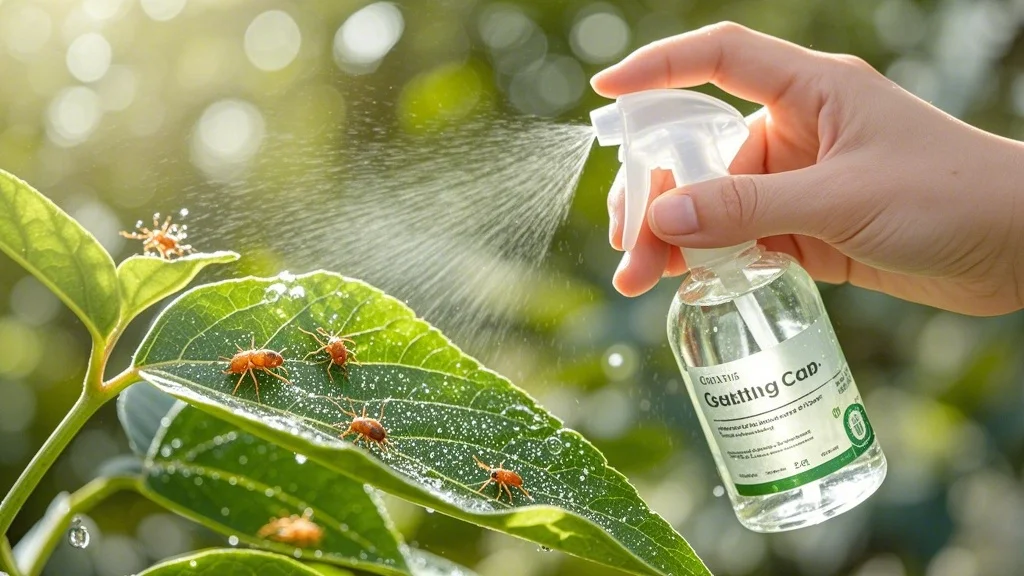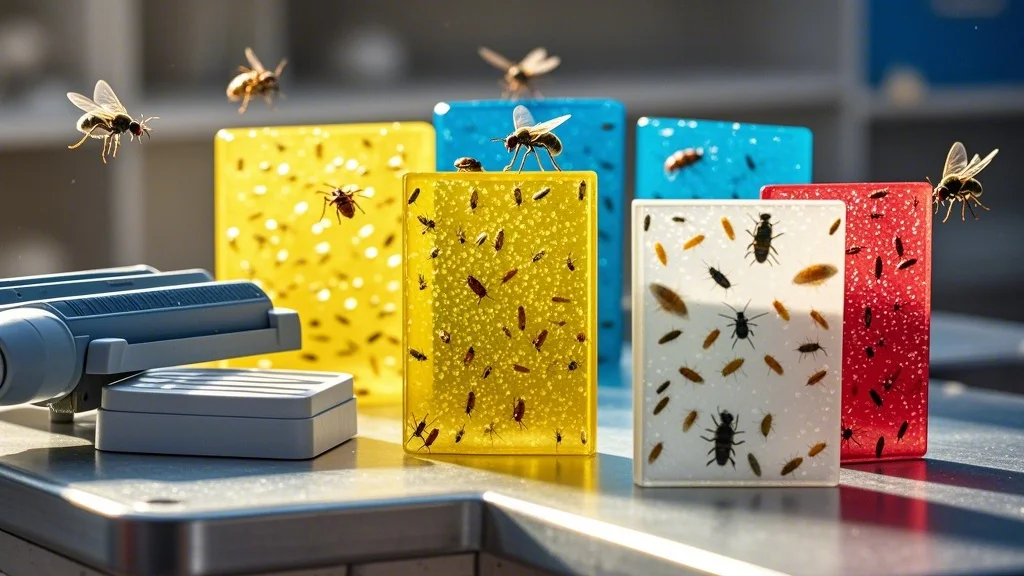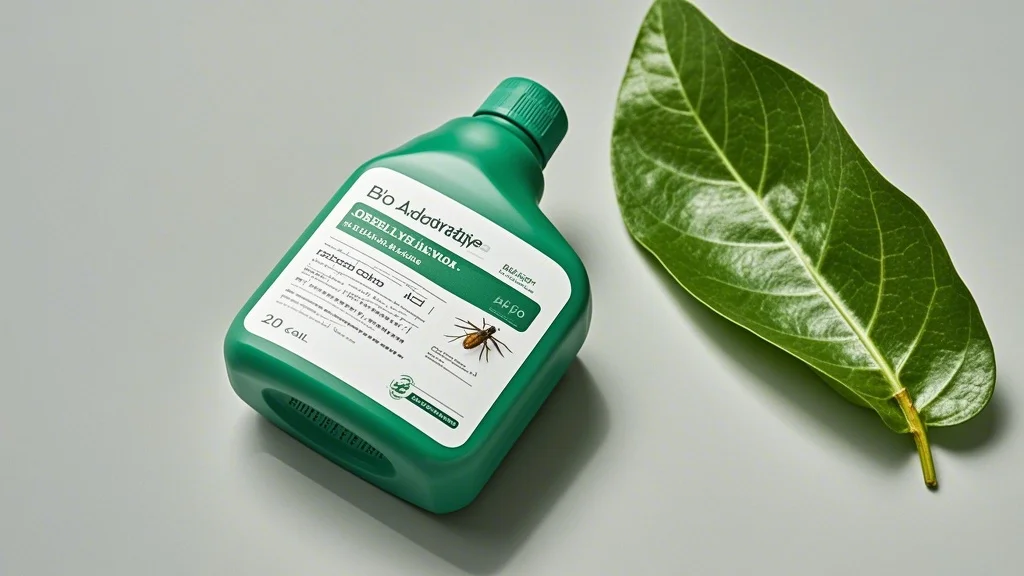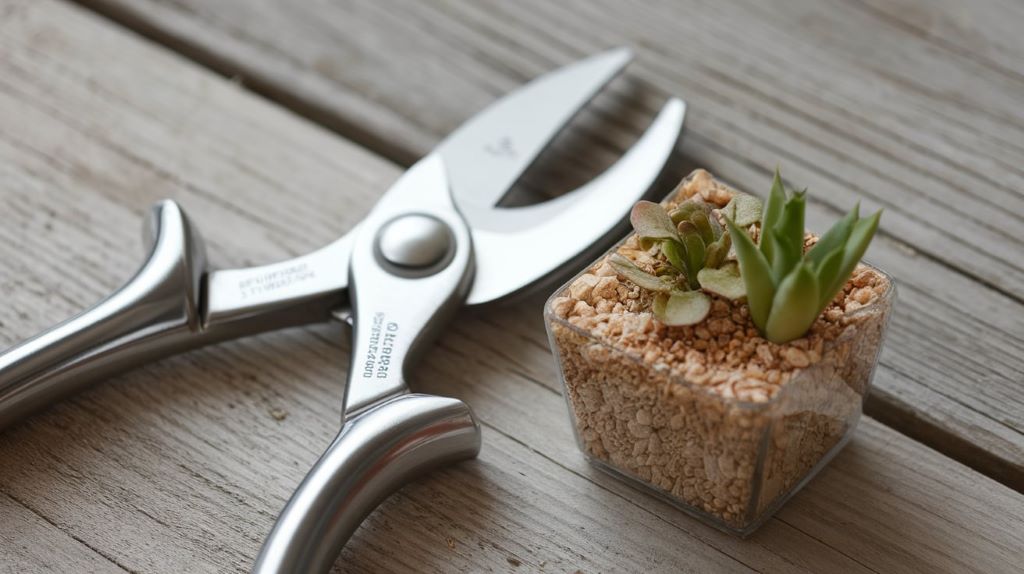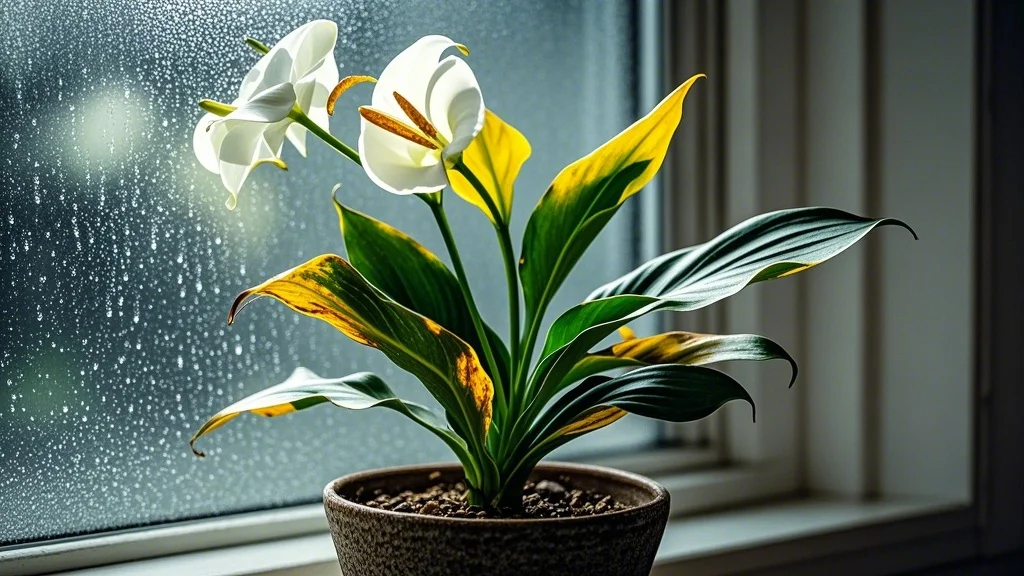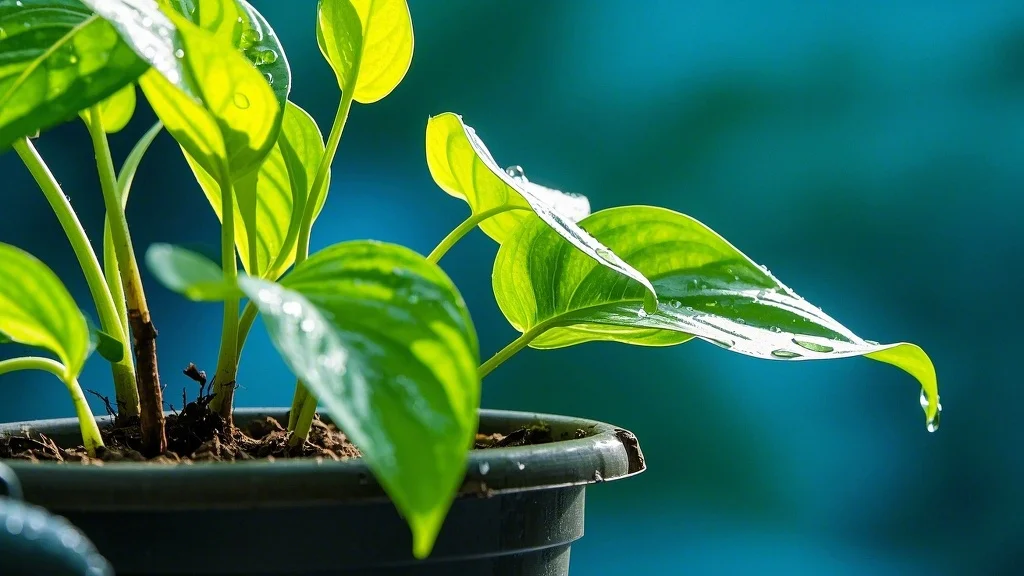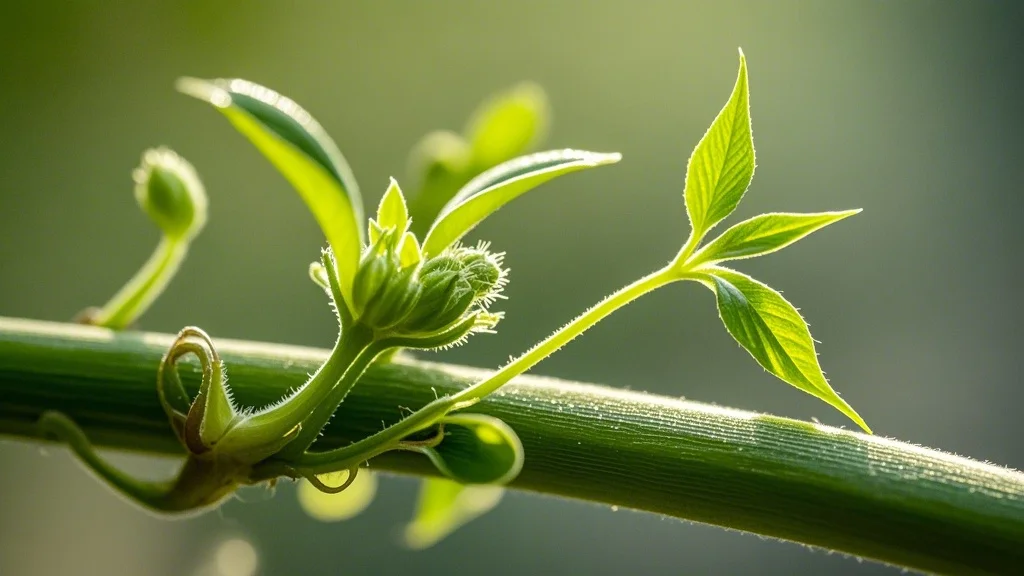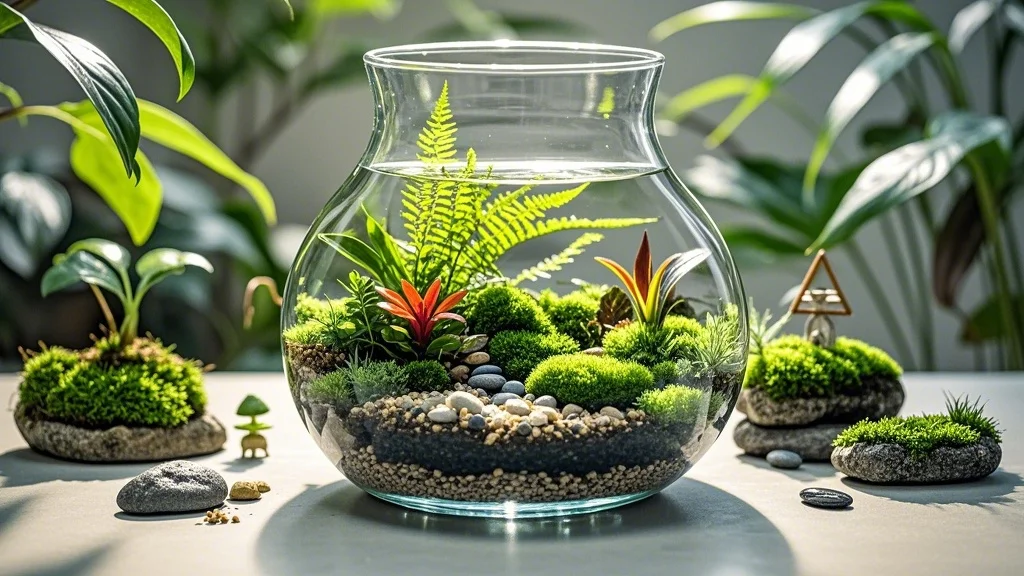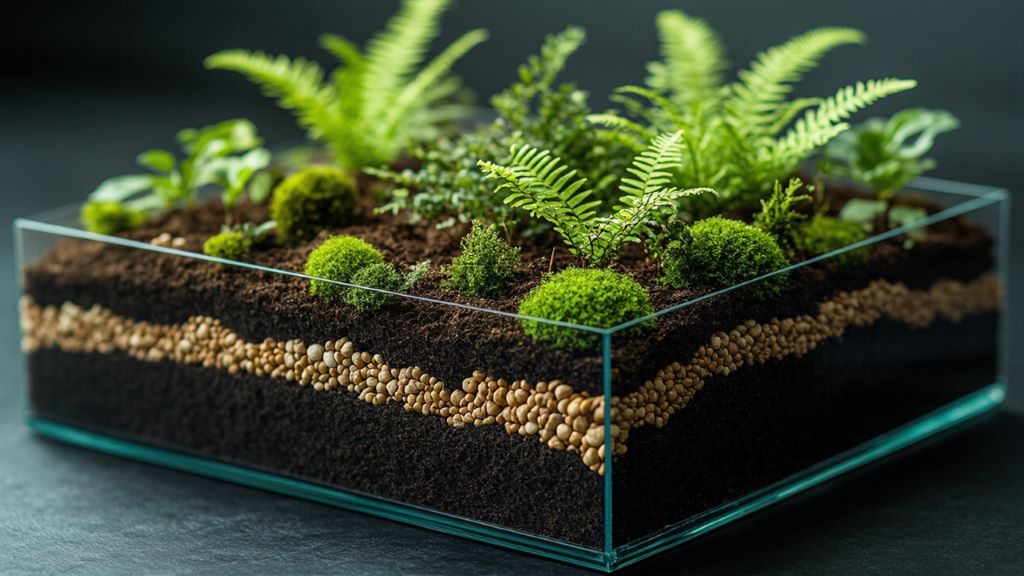Contents
- 1 Why Quarantine Matters for Every Plant Owner
- 2 The Hidden Threats in New Plants
- 3 Setting Up Your Quarantine Space
- 4 The Quarantine Process: Step by Step
- 5 Common Pests to Watch For During Quarantine
- 6 Special Quarantine Considerations
- 7 Creating a Quarantine Schedule and System
- 8 When to Extend Quarantine
- 9 Preventative Treatments During Quarantine
- 10 Integrating New Plants After Quarantine
- 11 When to Skip Quarantine (Rarely)
- 12 Building Quarantine Into Your Plant Routine
- 13 Conclusion: Prevention as Plant Care Philosophy
Why Quarantine Matters for Every Plant Owner
That gorgeous new fiddle leaf fig you couldn’t resist at the garden center might be harboring an unwelcome surprise. Even the healthiest-looking plants can carry hitchhiking pests or dormant diseases that aren’t immediately visible. Implementing a proper quarantine system isn’t just for commercial growers—it’s an essential practice for anyone who values their plant collection.
Quarantining new plants is the plant equivalent of washing your hands during flu season. It’s a preventative measure that can save you countless hours of frustration, money spent on treatments, and the heartbreak of losing beloved plants to preventable infestations.
The Hidden Threats in New Plants
New plants can introduce several problems to your existing collection:
- Insect pests: Spider mites, mealybugs, scale, thrips, and aphids can hide on stems, under leaves, or in soil
- Fungal infections: Powdery mildew, leaf spot, and root rot can spread rapidly
- Bacterial diseases: Often difficult to treat once established
- Viral infections: Can be transmitted between plants through tools or pests
- Soil-borne issues: Fungus gnats, root mealybugs, or harmful nematodes
Even plants from reputable nurseries can harbor these issues. Commercial growers manage large quantities of plants, and despite their best efforts, infestations can develop. Additionally, retail environments expose plants to countless other plants from various sources.
Setting Up Your Quarantine Space
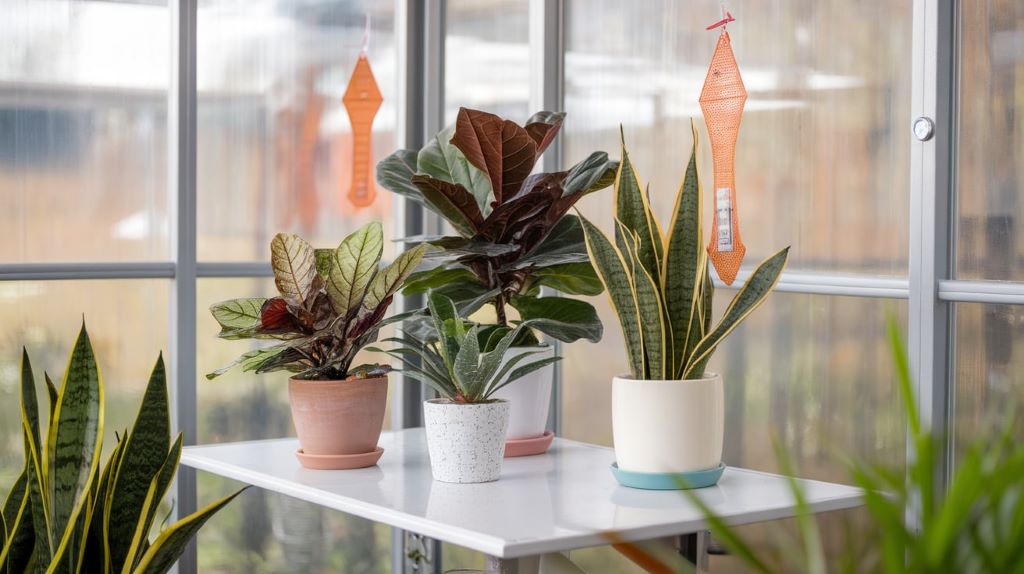
Location Requirements
The ideal quarantine space should be:
- Physically separated from your main collection (different room is best)
- Well-lit to maintain plant health during isolation
- Temperature-controlled to prevent stress
- Easy to clean with non-porous surfaces
- Accessible for daily inspection
If space is limited in your urban dwelling, consider these creative solutions:
- Clear plastic storage bins with air holes can create mini-quarantine chambers
- Bathroom with a window makes an excellent temporary isolation ward
- Glass cabinets can separate plants while still displaying them
- Dedicated plant shelves in a separate area of your home
Essential Quarantine Equipment
Prepare your plant quarantine toolkit:
- Magnifying glass or loupe (10x minimum) for detailed inspections
- Clean spray bottles for treatments
- Sticky traps (yellow for fungus gnats, blue for thrips)
- Isopropyl alcohol (70%) for spot-treating certain pests
- Insecticidal soap for general treatment
- Neem oil for preventative applications
- Hydrogen peroxide (3%) for soil treatments
- Dedicated watering can to prevent cross-contamination
- Disposable gloves to wear during inspections
- Isolation labels to track quarantine progress
The Quarantine Process: Step by Step
Day 1: Initial Inspection and Setup
- Unbox carefully if mail-ordered, preferably outside or in a bathtub
- Inspect thoroughly before bringing inside:
- Check leaf undersides with magnifying glass
- Examine stem joints and new growth
- Look at soil surface for movement
- Gently remove from pot to inspect roots if possible
- Document the plant’s condition with photos
- Apply preventative treatment based on inspection:
- Light spray of insecticidal soap or neem oil solution
- Hydrogen peroxide soil drench (1 part 3% H₂O₂ to 4 parts water) for fungus gnat prevention
- Place in quarantine with sticky traps nearby
- Label with quarantine start date
Week 1-2: Monitoring Phase
During the first two weeks, daily inspection is crucial:
- Check daily for signs of pests or disease
- Monitor sticky traps for captured insects
- Keep quarantined plants away from air currents that could carry pests
- Maintain normal care routine but avoid fertilizing which can mask symptoms
- Isolate tools used on quarantined plants or clean with 70% alcohol between uses
Week 3-4: Treatment Phase
If issues are detected:
- Identify the specific problem before treating
- Apply appropriate treatment based on the pest or disease
- Increase inspection frequency to twice daily
- Document treatment and response
- Reset quarantine clock if treatments are needed
If no issues are detected:
- Continue regular monitoring
- Apply second preventative treatment at week 3
- Begin acclimating to your home’s general conditions
Week 5-6: Final Clearance
Before introducing to your collection:
- Perform final thorough inspection
- Consider repotting with fresh soil as extra precaution
- Apply final preventative treatment
- Clean quarantine area thoroughly before using for next plant
Common Pests to Watch For During Quarantine
Spider Mites
Signs: Fine webbing, stippled leaves, tiny moving dots visible with magnification.
Quarantine Protocol:
- Isolate immediately if detected
- Increase humidity around affected plant
- Treat with insecticidal soap every 3-4 days
- Extend quarantine by at least 3 weeks after last mite sighting
Mealybugs
Signs: White cottony masses in leaf joints, sticky residue (honeydew).
Quarantine Protocol:
- Remove visible bugs with alcohol-dipped cotton swab
- Spray with insecticidal soap or neem oil solution
- Check daily for reappearance
- Extend quarantine by 4 weeks after last sighting
Scale Insects
Signs: Bumps on stems or leaves that don’t scrape off easily, sticky residue.
Quarantine Protocol:
- Manually remove with fingernail or cotton swab with alcohol
- Apply horticultural oil to smother remaining insects
- Inspect closely for crawlers (juvenile stage)
- Maintain quarantine for 6 weeks minimum
Thrips
Signs: Silvery scarring on leaves, black fecal spots, elongated tiny insects.
Quarantine Protocol:
- Use blue sticky traps to monitor population
- Apply insecticidal soap focusing on undersides of leaves
- Consider systemic treatment for severe infestations
- Quarantine for at least 6 weeks due to soil-dwelling life stages
Fungus Gnats
Signs: Small flying insects, larvae in soil.
Quarantine Protocol:
- Use yellow sticky traps to capture adults
- Allow soil to dry between waterings
- Apply hydrogen peroxide soil drench
- Consider beneficial nematodes for persistent cases
- Maintain quarantine for 3-4 weeks after last adult sighting
Special Quarantine Considerations
Mail-Order Plants
Plants arriving through mail require extra attention:
- Unbox in isolated area away from other plants
- Document condition immediately with photos
- Contact seller promptly if issues are found
- Extend quarantine period to 8 weeks for international shipments
- Be especially vigilant for signs of shipping stress vs. actual problems
Propagated Cuttings from Friends
Even cuttings from trusted sources need quarantine:
- Inspect for hitchhikers before bringing inside
- Quarantine separately from purchased plants
- Consider rooting in water for easier inspection
- Apply preventative treatments once established
- Maintain standard quarantine period despite the trusted source
Seasonal Plants (Holiday Poinsettias, etc.)
Temporary plants deserve quarantine too:
- Treat as any new plant despite short-term nature
- Consider keeping separated for their entire stay
- Apply preventative treatments immediately after purchase
- Inspect thoroughly before placing near permanent collection
Creating a Quarantine Schedule and System
Tracking Multiple Plants
When quarantining several new acquisitions:
- Create a quarantine log with:
- Purchase date and source
- Plant species and variety
- Quarantine start date
- Inspection notes
- Treatment dates
- Scheduled release date
- Use color-coded labels to indicate quarantine stage
- Stagger acquisitions if possible to manage quarantine space
Sample Quarantine Calendar
| Day | Action |
|---|---|
| 1 | Initial inspection, preventative treatment, setup |
| 2-7 | Daily inspections, monitor sticky traps |
| 8 | Weekly inspection, replace sticky traps |
| 14 | Bi-weekly inspection, second preventative treatment |
| 21 | Weekly inspection, replace sticky traps |
| 28 | Bi-weekly inspection, third preventative treatment |
| 35 | Weekly inspection, prepare for final clearance |
| 42 | Final inspection, clearance for main collection |
When to Extend Quarantine
Standard quarantine periods should be extended when:
- Any pests or diseases are detected (reset clock after last sighting)
- Plant shows signs of stress that could mask problems
- You’ve been unable to monitor consistently
- Plant is particularly valuable or rare
- Plant belongs to a genus known for pest susceptibility
Remember: An extra week or two of quarantine is insignificant compared to the potential devastation of an infestation in your main collection.
Preventative Treatments During Quarantine
Foliar Treatments
Apply these to leaves and stems:
- Neem oil solution (1 tsp neem oil, 1/2 tsp mild soap, 1 quart water)
- Apply every 7-10 days
- Effective against multiple pests
- Apply in evening to prevent leaf burn
- Insecticidal soap (commercial or homemade with castile soap)
- Apply weekly
- Safe for most plants
- Rinse after 4-6 hours if plants show sensitivity
- Hydrogen peroxide spray (1 part 3% H₂O₂ to 4 parts water)
- Use for fungal issues
- Apply once every 2 weeks
- Test on small area first
Soil Treatments
Apply these to growing medium:
- Hydrogen peroxide drench (1 part 3% H₂O₂ to 4 parts water)
- Effective against fungus gnat larvae
- Apply once during quarantine
- Allow soil to dry afterward
- Cinnamon powder sprinkled on soil surface
- Natural antifungal
- Apply once during quarantine
- Especially useful for plants prone to root rot
- Diatomaceous earth on soil surface
- Controls crawling insects
- Apply after soil dries post-watering
- Reapply after each watering
Integrating New Plants After Quarantine
Gradual Introduction
Even after quarantine, introduce gradually:
- Place near (not among) existing collection for first week
- Continue monitoring for any delayed signs of problems
- Gradually move closer to other plants
- Maintain slightly increased vigilance for first month
Post-Quarantine Care
- Consider repotting with fresh soil
- Begin normal fertilization routine
- Adjust to your standard watering schedule
- Document addition to your collection
- Clean and sanitize quarantine area
When to Skip Quarantine (Rarely)
Quarantine might be abbreviated (never skipped entirely) when:
- Plants come from your own outdoor garden (still inspect and treat)
- Emergency rescue plants that need immediate care (quarantine in treatment area)
- Plants certified by professional inspection (still quarantine but may reduce time)
Even in these cases, some separation and inspection is necessary.
Building Quarantine Into Your Plant Routine
For Frequent Plant Shoppers
If you regularly add new plants:
- Designate a permanent quarantine space
- Keep quarantine supplies stocked
- Schedule regular inspection days
- Limit new acquisitions to quarantine capacity
- Consider seasonal purchasing patterns to manage space
For Occasional Additions
If you rarely add new plants:
- Create a temporary quarantine protocol
- Store basic supplies in accessible location
- Set calendar reminders for inspections
- Document process for future reference
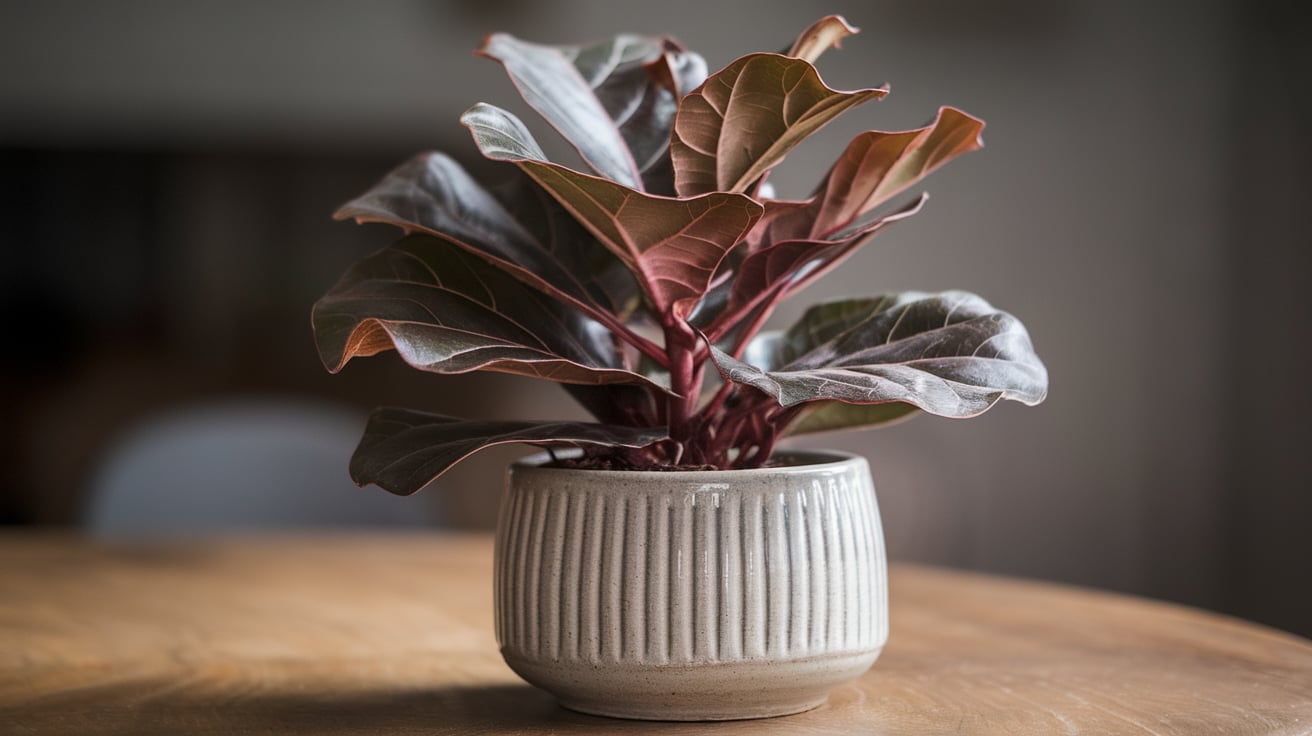
Conclusion: Prevention as Plant Care Philosophy
Implementing a quarantine system represents a shift from reactive to preventative plant care. While it requires patience and discipline, the long-term benefits far outweigh the temporary inconvenience.
A proper quarantine protocol protects:
- Your time investment in existing plants
- Your financial investment in your collection
- The emotional connection to cherished plants
- The health of your growing environment
By making quarantine a non-negotiable part of your plant care routine, you’re not just preventing pest outbreaks—you’re embracing a holistic approach to plant stewardship that will serve your urban garden for years to come.
Remember: The most effective pest management strategy is preventing pests from establishing in the first place. Your quarantine system is the front line of defense for your indoor garden sanctuary.
Looking for more plant protection strategies? Visit OwnGardens.com for comprehensive guides on natural pest management, optimal growing conditions, and everything you need to maintain a thriving urban garden.

